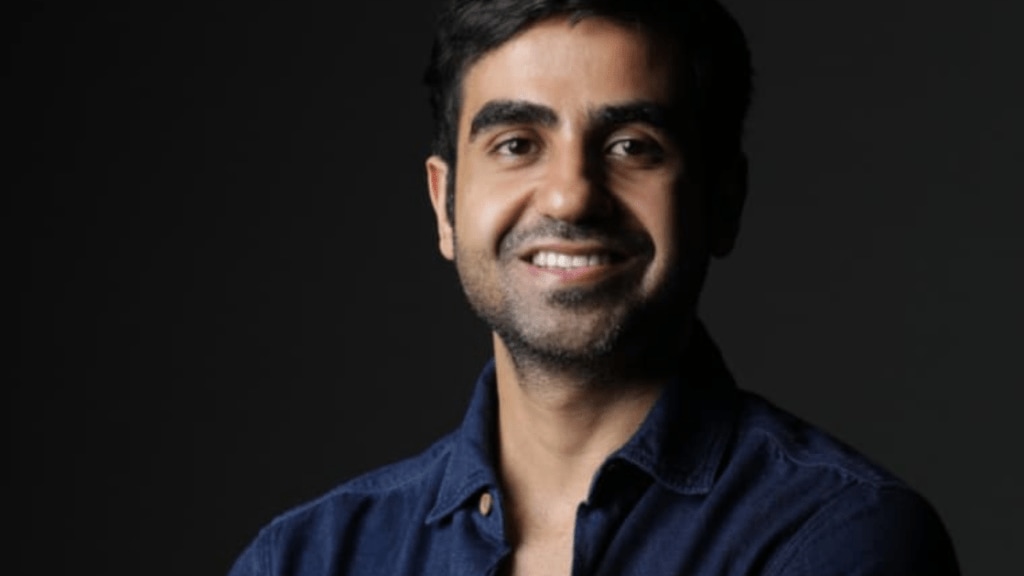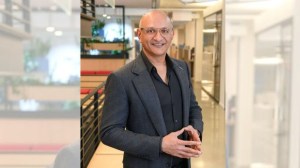In the latest episode of WTF Online, entrepreneur and investor Nikhil Kamath sat down with Brett Adcock, Founder and CEO of Figure AI, for an expansive conversation on what he believes will be the next major technological revolution — humanoid robotics.
The episode, which explores the intersection of artificial intelligence, automation, and human purpose, offered an unfiltered view of how humanoids may reshape daily life, industries, and the economy. Adcock described humanoids as the next evolution in human productivity. “Humanoids represent not just a technological frontier, but the next great evolution in human productivity and progress,” he said.
Explaining the engineering behind Figure’s humanoid robots, Adcock said the company’s approach is one of the most vertically integrated efforts in robotics today — blending hardware, AI, and data to build robots capable of learning and functioning autonomously in human environments. He envisions a future where billions of humanoids coexist with people, performing household chores and transforming logistics, manufacturing, and healthcare.
However, scaling humanoids comes with serious technical hurdles. “Today, we are far less efficient than a human. Humans are extremely efficient,” Adcock said, referring to the energy challenges and adaptability barriers. Yet, he pointed out that current humanoids can already work for nearly a full human shift, making them commercially viable. The next step, he added, is achieving general intelligence — robots that can handle unfamiliar environments through spoken commands, even performing complex tasks like folding laundry.
On human-AI interaction, Adcock predicted that voice will soon become the default interface for intelligent systems. “Voice is the natural UI into artificial superintelligence,” he said, adding that within 12 to 18 months, voice models will likely reach near-human emotional intelligence and contextual understanding.
The conversation also touched upon the global race to build humanoid robots. Adcock said the U.S. currently leads in AI-driven systems, while competitors in China are focusing more on hardware. “There is a ton of manufacturing capacity in China, but the robots they make just don’t work very well,” he said. “What matters is shipping a product at scale that can generate the data to increase intelligence and reduce cost.”
Addressing questions of safety and trust, Adcock was candid. When asked whether he would leave his children alone with a humanoid, he said, “I would not let my robot roam free for hours and weeks right now with my young kids.” Achieving that level of safety, he said, would require a proven track record of reliability.
Looking ahead, Adcock predicted that AI systems and humanoids would “eat everything,” transforming work and wealth creation. “The prices of goods and services will slowly start collapsing, basically approaching zero,” he said, envisioning a future of radical abundance and a redefinition of purpose in a post-labour world.








